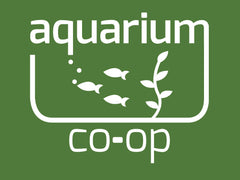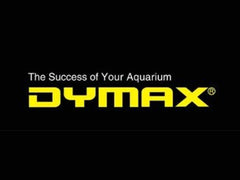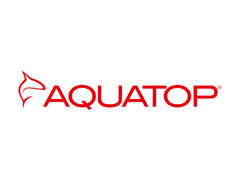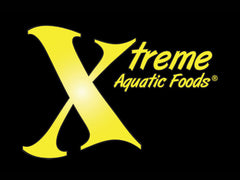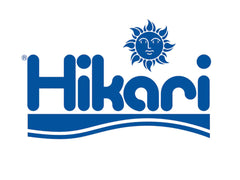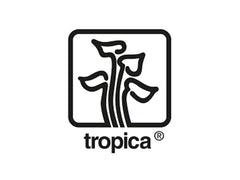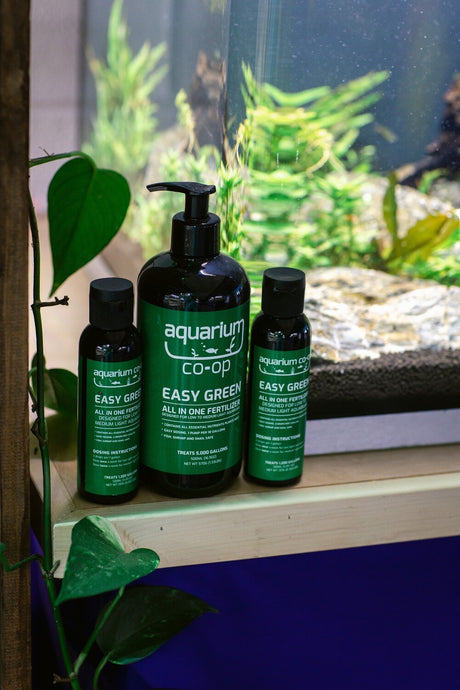Apistogramma Diplotaenia 3-4cm
Apistogramma Diplotaenia 3-4cm is backordered and will ship as soon as it is back in stock.
Delivery and Shipping
Delivery and Shipping
Product Refunds & Returns
- Returns can be processed within 14 days from purchase.
- To return products, they must be in original condition
- Shipping expenses are not refundable
- If your items have been damaged in shipping, please contact us within 24 hours of receipt with photos, and we will assist you.
Livestock Refunds, Returns, & Surrenders
- If you are unhappy with your livestock for any reason, you can bring it back within 72 hours for a full refund; we do not pick up returns
Apistogramma Diplotaenia 3-4cm
Description
Description
Apistogramma diplotaenia, commonly known as the Double-Banded Dwarf Cichlid, is a species of cichlid fish native to South America. Here are some details about this fish:
-
Temperature: Apistogramma diplotaenia prefers a tropical water temperature range of 75-82°F (24-28°C). Maintaining a stable temperature is crucial for their well-being.
-
Minimum Tank Size: To keep a pair of Apistogramma diplotaenia, a tank with a capacity of at least 20-30 gallons is recommended. A larger tank with plenty of hiding spots and plants will allow for a more natural and comfortable environment.
Feeding Habits: Apistogramma diplotaenia is omnivorous, and their diet in the wild consists of small invertebrates, insect larvae, and some plant matter. In captivity, they can be fed a varied diet, including high-quality flake or pellet food, live or frozen foods like brine shrimp, daphnia, and bloodworms. Providing a diverse diet helps maintain their health and vibrant colors.
Habitat Preference: These fish are found in slow-moving or still waters, such as creeks, small rivers, and flooded areas in South America, particularly in regions of Peru and Brazil. They prefer areas with submerged vegetation and woody debris, which provide hiding places.
Water pH Level: Apistogramma diplotaenia prefer slightly acidic to neutral water conditions. The ideal pH range is around 6.0-7.0.
Behavior: Apistogramma diplotaenia is known for its peaceful behavior but can be territorial, especially when breeding or when establishing their territories. They are best kept in pairs or small groups in spacious tanks to minimize aggression. They are generally shy and appreciate tank setups with plenty of hiding spots, such as caves, driftwood, and live plants.
These fish are not schooling species. They tend to be solitary or found in pairs in the wild. In captivity, it's best to keep them in pairs or small groups, but individual temperament can vary, so it's essential to monitor their interactions and provide ample hiding places to reduce aggression.
Breeding: Apistogramma diplotaenia is a cave-spawning species. The male will claim a territory and select a suitable cave for breeding. Once a female accepts his advances, she will lay her eggs in the cave, and the male will fertilize them. They are attentive parents and will guard their eggs and fry.
Remember that maintaining stable water conditions, providing suitable hiding spots, and offering a diverse diet are key to the well-being of Apistogramma diplotaenia. Water quality is critical, so regular water changes and monitoring of water parameters are essential for their health and longevity.
Specifications
Specifications
-
CategoryCichlids
-
Product TypeApistogramma
-
Species TypeDwarf Cichlid
-
Water Temperature
-
Minimum Tank Size20 Gallons
-
Water pH LevelAcidic, Neutral
-
Habitat PreferenceDriftwood, Hiding Spots, Planted Tanks, Rocky Tanks
-
BehaviourSemi-aggressive, Community Fish
Payment & Security
Payment methods
Your payment information is processed securely. We do not store credit card details nor have access to your credit card information.




